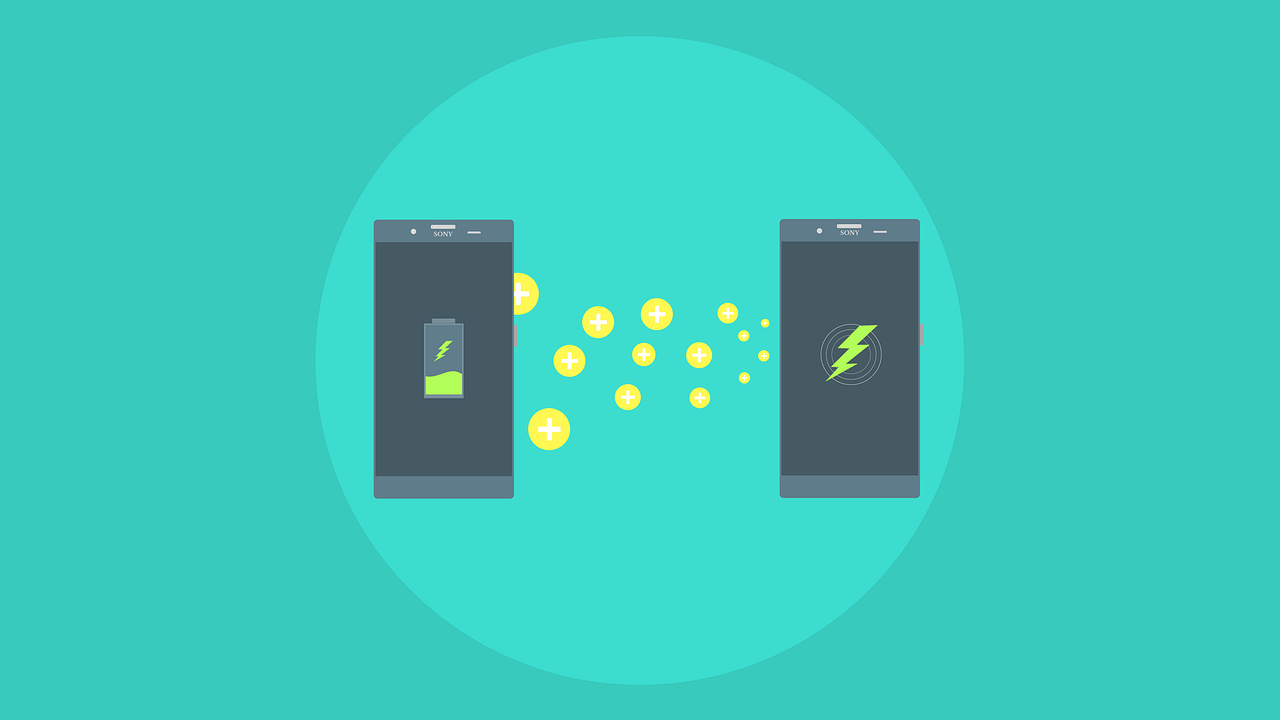
The concept of wireless charging has been around for a couple of years now, but it wasn’t until recently that the technology started gaining some traction. Like with any other new technology, it is a given that standards have to be established, developments made and then it is released to the customers. In the last few years, wireless charging has undergone a number of improvements and has become solid enough that companies like Apple have also chosen to get on the scene. The iPhones introduced last year boasted wireless charging technology and more devices like these will automatically boost its appeal.
But, first let’s understand what is wireless charging and how it works. The term is rather self-explanatory as it is essentially the transfer of power from the power outlet to the smartphone, tablet or other device without requiring a cable for connection. In order to charge your device wirelessly, you need to have a power transmitting pad and a receiver. Sometimes, this is built into the device itself or is available in the form of a case that’s then attached to the device. As far as the workings of wireless charging are concerned, the technology is based on inductive charging.
This means that an electrical current is passed through two coils for creating power and this results in an electromagnetic field. When the transmitter and the receiving magnetic plate on your smartphone or other mobile device comes into contact, or even within the specified range, an electrical current is generated within the device by the electrical field. The built-in battery is charged by converting this current into DC (direct current). There are a couple of standards of wireless charging technology floating around such as Powermat and Qi. Powermat are the pioneers of wireless technology and makes use of magnetic resonance charging along with inductive charging.
Another standard you will come across is Qi, which boasts three individual power specifications due to which it has been widely adopted. Regardless of which standard is used, wireless charging is undoubtedly a useful technology and can provide various benefits. First and foremost, the convenience it has to offer is unmatched. There is no longer any need to use messy cords and there is no need to worry about losing them. Another notable perk that users can enjoy with wireless charging is their integration. They can work with a wide array of devices and this makes them a useful investment in the long run.
As wireless charging technology has also improved, people can now find wireless chargers that can be used to charge a different kinds of devices. This doesn’t mean smartphones of different manufacturers; you can now use wireless chargers for charging your tablets, laptops, Bluetooth earphones and various other devices as well. Again, the convenience of having a single charger for all devices is definitely worth the price you have to pay for a good quality wireless charger. Hence, wireless charging may be a new technology, but it is here to stay due to the ease it can provide.










![Watch Video Now on xiaohongshu.com [以色列Elevatione perfectio X美容仪 perfectio X 全新仪器黑科技了解下]](https://www.techburgeon.com/wp-content/uploads/2019/07/perfectiox-singapore-150x150.jpg)
